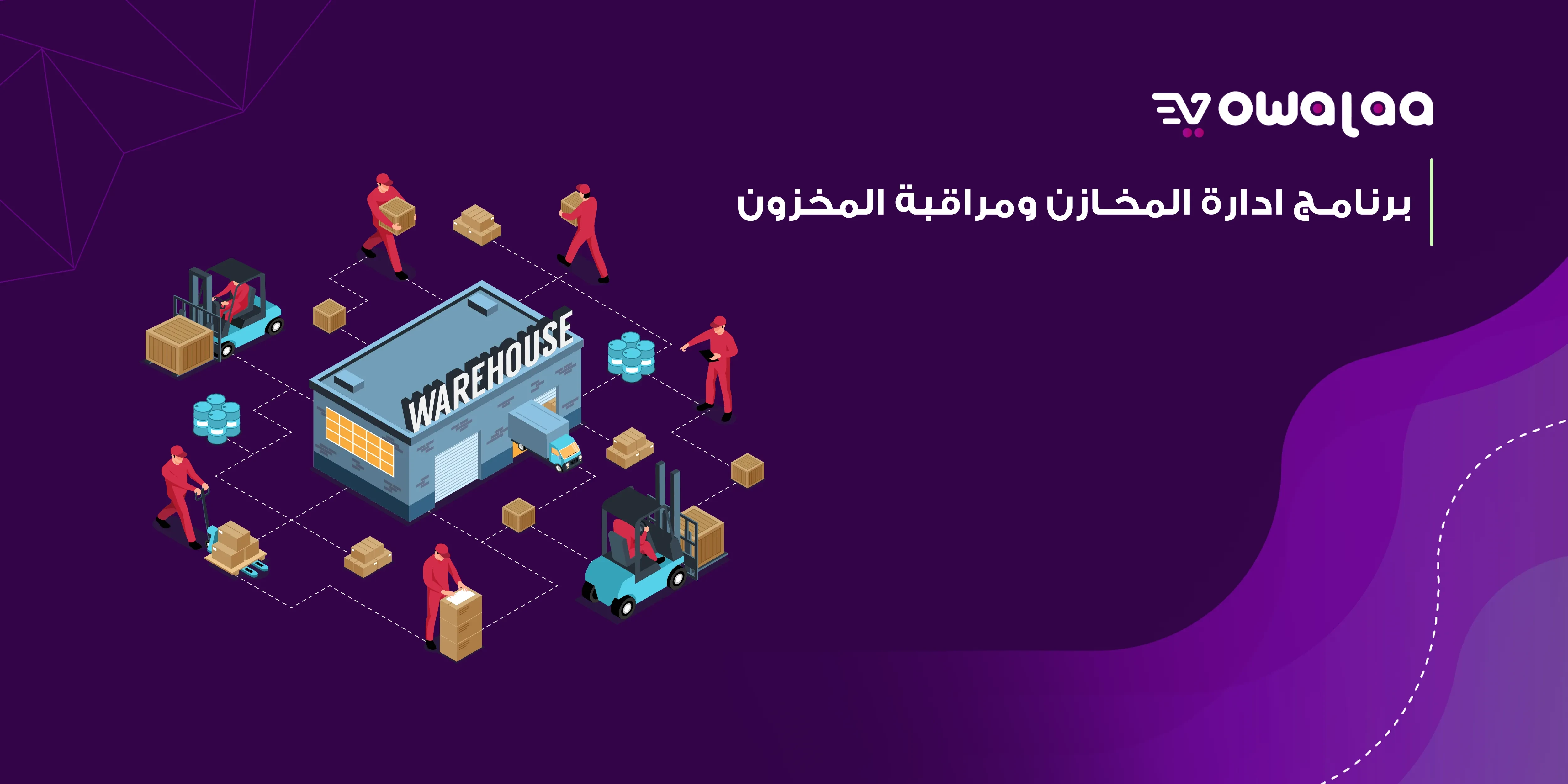5 Ways Innovative Companies Use E-Commerce Software
5 Ways Innovative Companies Use E-Commerce Software
Since its development in the 1990s, ecommerce has emerged as a force that shapes consumer behavior, thanks to the rising demand for convenience, the advancement of modern technology and the expansion of the internet audience.
Ecommerce markets are rapidly growing. Statista predicts that the online market will grow by 56% from 2015 to 2020. Meanwhile, global ecommerce revenues are projected to increase from $3.535 billion in 2019 to $6.542 billion in 2023.
Whether you’re thinking about hopping on board the ecommerce train or looking for a new innovative strategy to improve the logistics of your online retail store, one thing you can’t miss is the power of a good ecommerce software.
We know operating an ecommerce store is no easy task, and that’s why we’re here to help you learn from the pros. Let’s take a look at some of the most innovative methods they use for selling on the internet and how to utilize ecommerce software features efficiently.
1. Getting real-time data
Online retailers face a horde of inventory management problems such as demand fluctuations, reverse logistics, keeping count of products, multichannel shoppers and distressed stocks, among others. These challenges don’t bode well for ecommerce companies as they entail a greater risk of customer and revenue loss.
Implementing an ecommerce software that provides you accurate data in as close to real-time as possible lets you schedule product procurement more efficiently and helps you prevent stockouts. Having an automated system that analyzes inventory and stock levels makes it easier for you to pin down specific periods when product demand is high. Additionally, it also helps identify problem areas within the supply chain, allowing you to point out where and why delays occur.
Real-time data creation mitigates the risk of errors and optimizes workflows and supply chain processes, leaving you with a more organized inventory and, ultimately, higher levels of customer satisfaction. These ecommerce software trends also show the importance of multichannel selling, especially since 37% of customers explore social media for brands and products to shop.
2. Implementing an organized pick and pack fulfillment strategy
Picking and packing only runs smoothly when there is a distinguished level of coordination, organization, and attentiveness to detail. In-store employees are often unfamiliar with picking and packing procedures. Another challenge is fulfilling the highest order across warehouses in the shortest span of time.
Luckily, ecommerce platforms irons these issues out. Once a customer places an order, it is automatically sent to the software’s fulfillment team who immediately picks and packs the order, thereby making the product delivery process faster and more efficient. Increasing sales is also one of the sales product benefits.
3. Optimizing shipping and logistics
Despite having already existed for more than a decade, the gap between ecommerce logistics performance and customer expectations have not yet been bridged. Order fulfillment is a critical factor in retaining customer satisfaction. When left neglected, it can result in poor delivery experience and customer loss.
According to E-commerce Nation, 23% of shoppers abandon their shopping carts for shipping reasons
With this, companies must survey cross-border management and assess which technologies can aid them in planning, managing and tracking goods in a comprehensive manner across the supply chain.
This includes choosing an enterprise ecommerce software with dynamic AI optimization and connections to the right transportation partners, allowing you to deliver customers’ orders at swift speeds and lower prices.
When equipped with these tools, ecommerce businesses break the top when shopping online.
Improving your shipping and logistics with an ecommerce platform allows you to raise customer satisfaction, increase customer loyalty and drive up revenue, which contributes to a healthy and steady business growth.
4. Clear communication with customers
Innovative companies attribute the success of their delivery experience to trackability and proactive communication channels with their customers. After all, ecommerce was built on the foundation of a good delivery system from the minute the customer purchases something online.
To be able to achieve the same success, some functions of e-commerce software lets you share automatic tracking updates with your customers and build the best customer service. Customers like to know about the status of their orders, and they trust an ecommerce site that provides proper delivery, updating them with their orders’ time frame and the potential delivery issues they might face.
5. Focusing on the entire logistics process
Delivering a good online shopping experience for your customers doesn’t only lie in post-purchase. Each step of the purchasing process is valuable, so you need to be proactive by anticipating potential conflicts and implementing creative solutions to address them.
Understanding each step of running an ecommerce business allows you to look at the bigger picture and having a good ecommerce system that can help you grasp it would be extremely beneficial.
Selecting a suitable software
When selecting a top ecommerce software, make sure that it suits your enterprise needs. If you’re an individual who’s just starting out, make sure to select an ecommerce software for small business. If you already cater to a wider audience, pick a platform for large enterprises.
Apart from this, select an ecommerce platform that integrates seamlessly with your other business solutions. Finally, choose an ecommerce software that prioritizes your customers’ needs and will help you establish a long-lasting relationship with them.

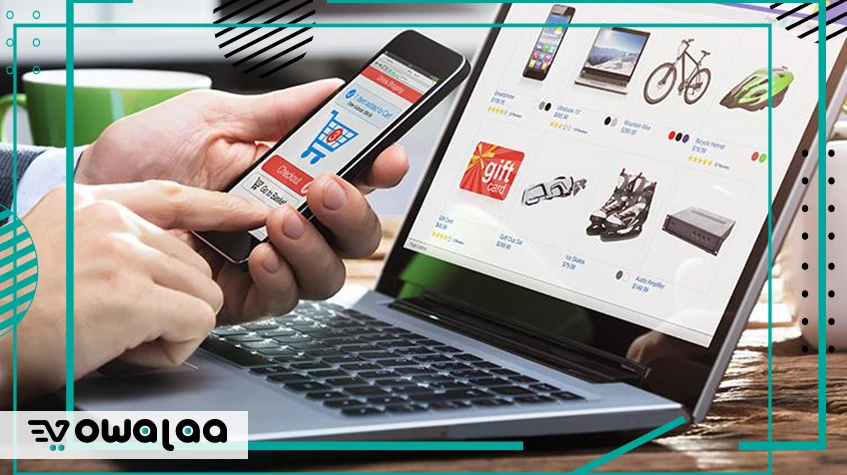
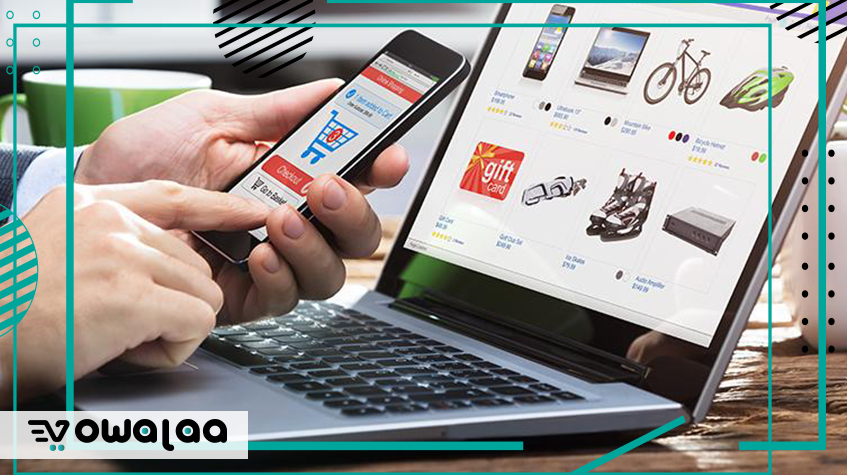
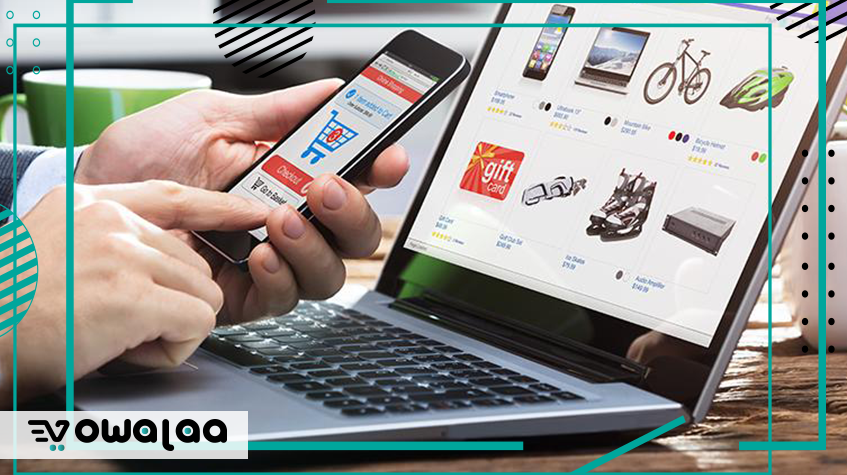
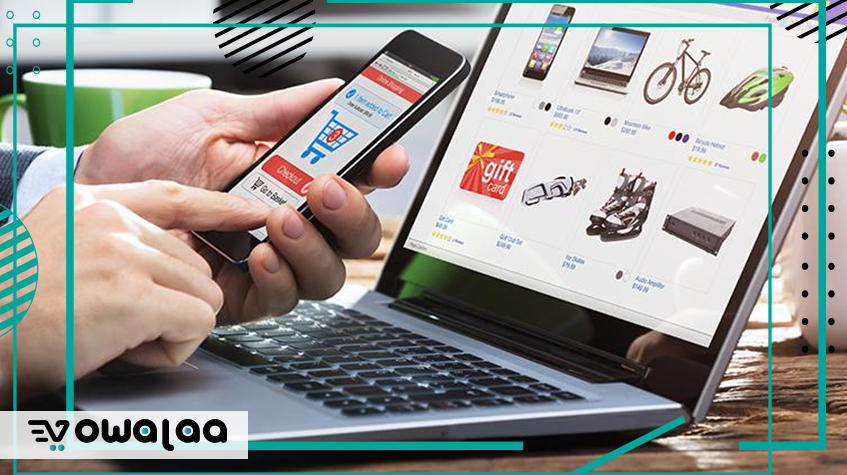
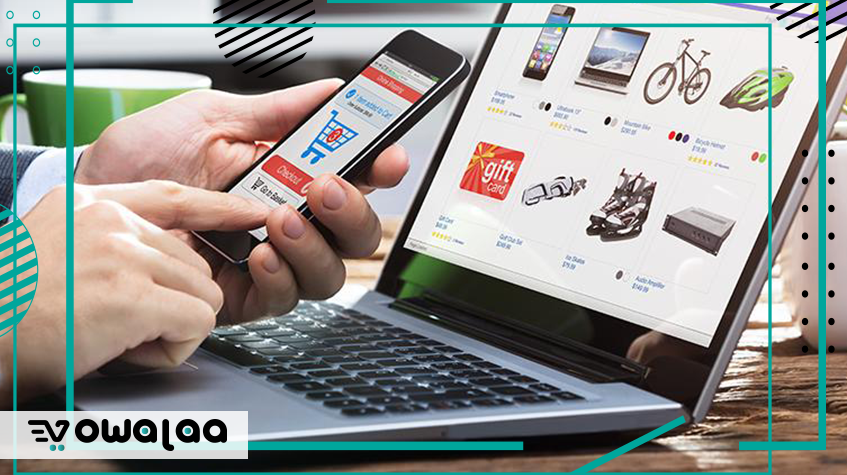
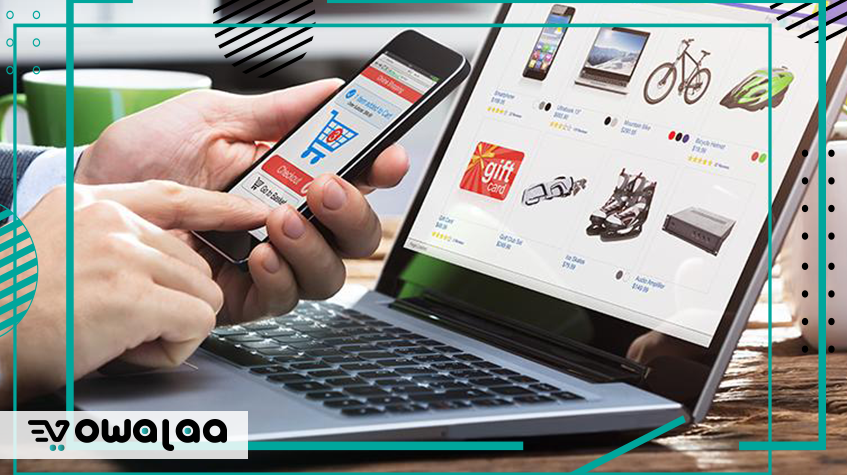
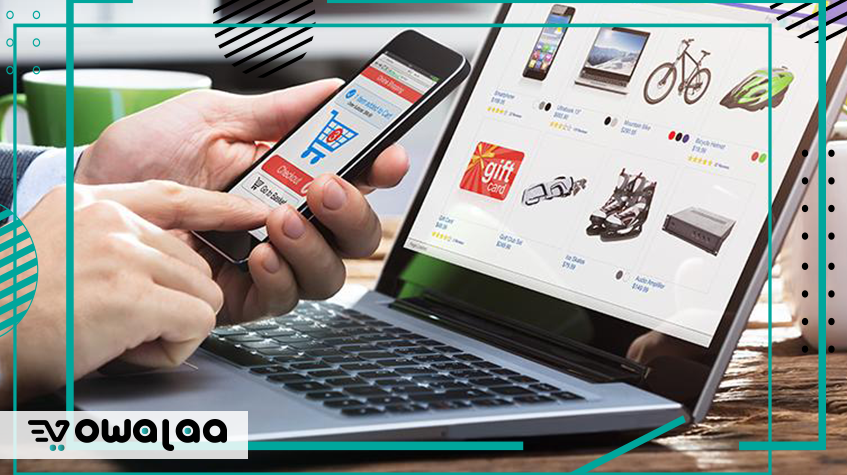
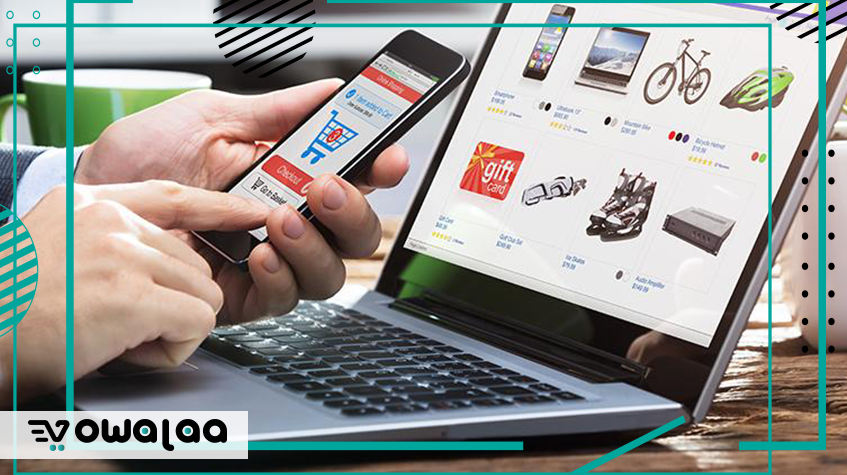
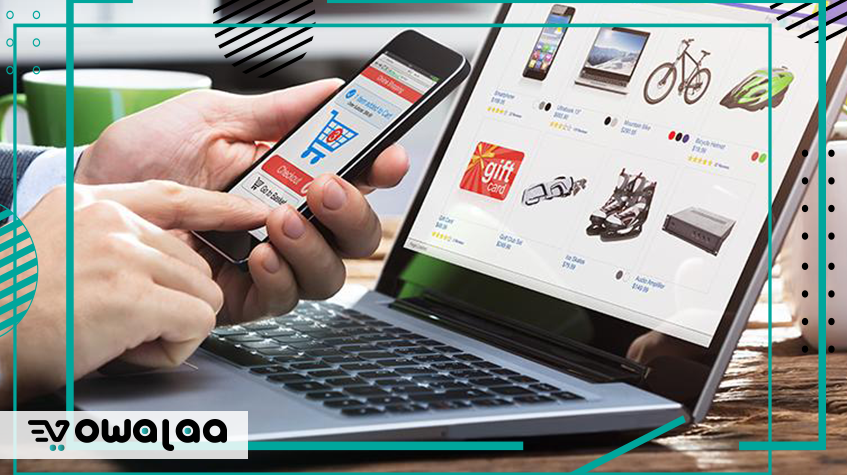
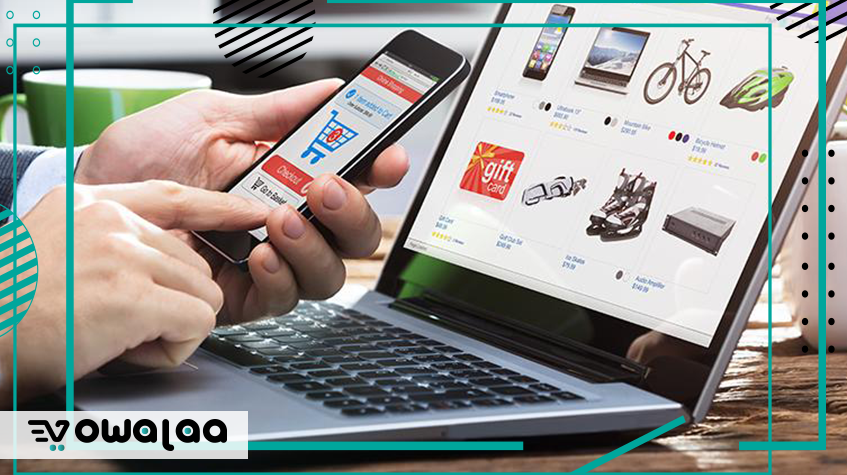




.webp)
